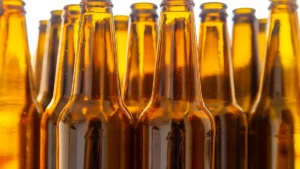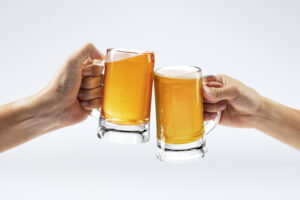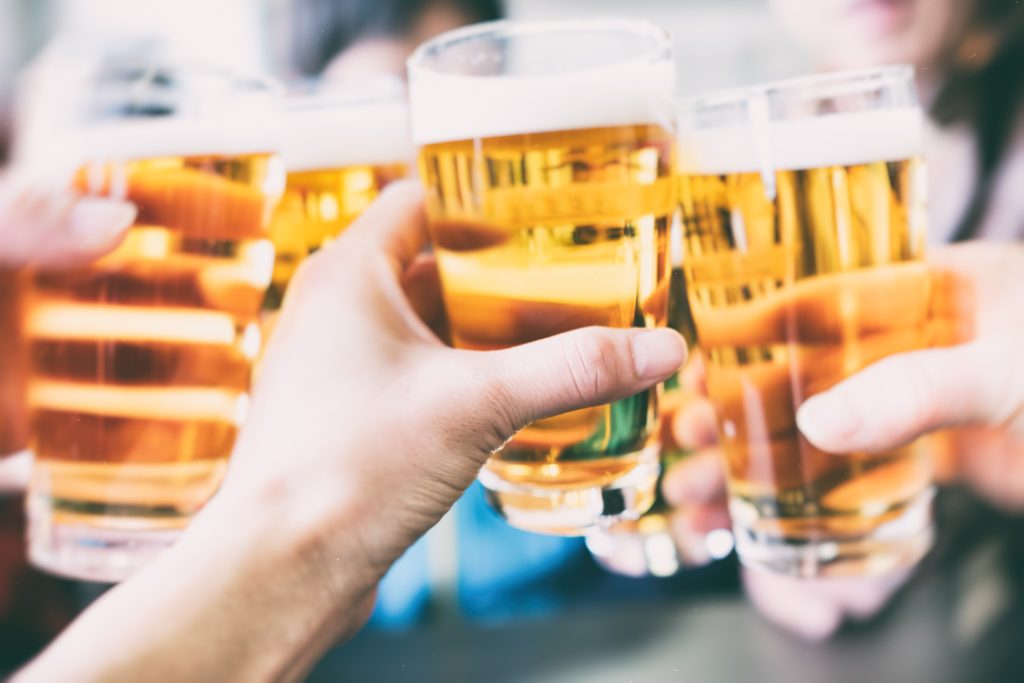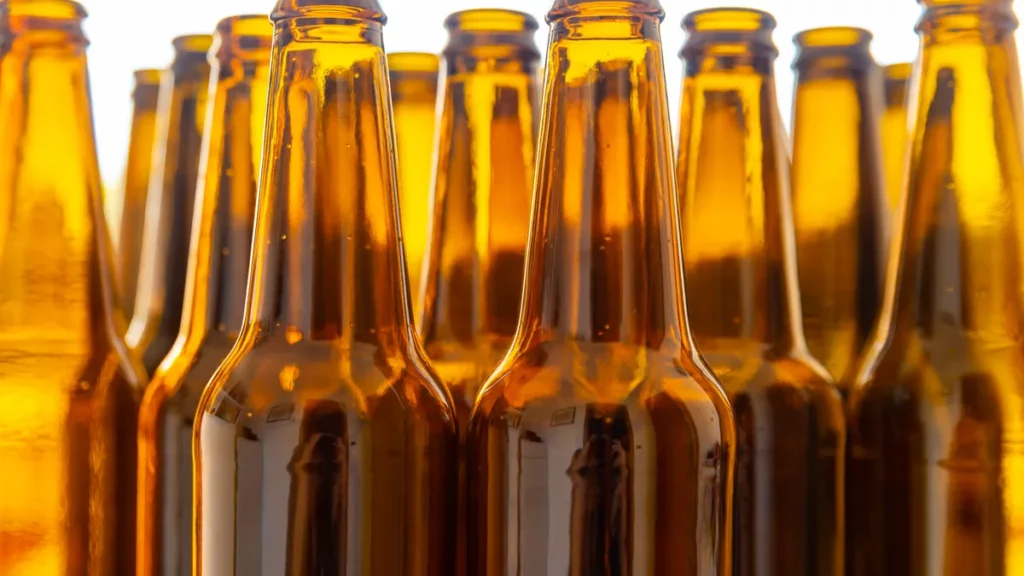All of the Brew with None of the Buzz

by Bill Young, Senior Director, Health Policy and Regulatory Affairs
It’s a new year; it’s a new you. As we kick off 2024, people are busy making resolutions, setting goals, and looking to improve their physical, mental, and financial well-being. One part of this self-assessment for many is reexamining their relationship with alcohol to ensure they are drinking in moderation.
While January gets a lot of attention, those who consume alcohol beverages should evaluate their consumption year-round. The alcohol industry consistently advocates for everyone to drink in moderation, which the United States government defines as up to two drinks per day for men and up to one drink per day for women.
January allows the beer industry to highlight the ever-growing, tasty, non-alcohol (NA) beer options brewers put on store shelves worldwide. While other segments of the alcohol industry have lookalike NA offerings, a non-alcohol beer is brewed with the same brewing process as regular beer. These beers then go through a complicated process to remove the alcohol, leaving them with a quality beer with all the brew and none of the buzz.
According to NIQ, the non-alcohol drink market now exceeds half a billion dollars a year, up 31 percent in the past year. Of that, beer makes up 86.1 percent of all non-alcohol beverage dollar share in the United States. Almost all major beer brands are now producing NA beers, including Anheuser-Busch, Molson Coors, Constellation, Heineken and Sam Adams. Athletic Brewing, which exclusively brews NA beer, has become the 14th largest craft brewer in the U.S.
These are just a handful of NA beers that consumers are popping open this January. We expect the NA category to grow and innovate as consumer demand increases. When consuming alcohol, we encourage consumers to follow these key principles:
- Consume alcohol beverages in moderation.
- The Dietary Guidelines for Americans, 2020-2025, recommend: “Adults of legal drinking age can choose not to drink or to drink in moderation by limiting intake to 2 drinks or less in a day for men and 1 drink or less in a day for women when alcohol is consumed. Drinking less is better for health than drinking more. Some adults should not drink alcohol, such as pregnant women.”
- The Dietary Guidelines for Americans, 2020-2025, also state: “For the purposes of evaluating amounts of alcohol that may be consumed, the Dietary Guidelines defines drink equivalents. One alcoholic drink equivalent is defined as containing 14 grams (0.6 fl oz) of pure alcohol. The following count as one alcoholic drink equivalent: 12 fluid ounces of regular beer (5% alcohol), 5 fluid ounces of wine (12% alcohol), or 1.5 fluid ounces of 80 proof distilled spirits (40% alcohol).”
- Understand and keep track of how much alcohol you are consuming.
- All alcohol beverages are not the same. The total alcohol content of alcohol beverages varies greatly, so we encourage all consumers to know your drink, so you know how much alcohol you are consuming.
- Don’t consume alcohol beverages on an empty stomach.
- Food slows the absorption rate of alcohol beverages. If you consume alcohol beverages, eat food before or while drinking. Also, stay hydrated (with water or other non-alcoholic beverages) when consuming alcohol beverages.
- Discuss any concerns about alcohol beverage consumption with your healthcare provider.
- Some people should not consume alcohol beverages at all. Examples include but are not limited to those under 21, pregnant women, or people with a medical or family condition or history of concern. Any person who has concerns about consuming alcohol should consult with their healthcare provider.
- Never drive drunk.
- Commit to never driving drunk and always plan a safe ride home. Click to learn more about some of the initiatives our members are engaged in to prevent drunk driving, including Decide to Ride, When You Drive, Never Drink, Designated Driver Programs and WRAP’s SoberRide.













